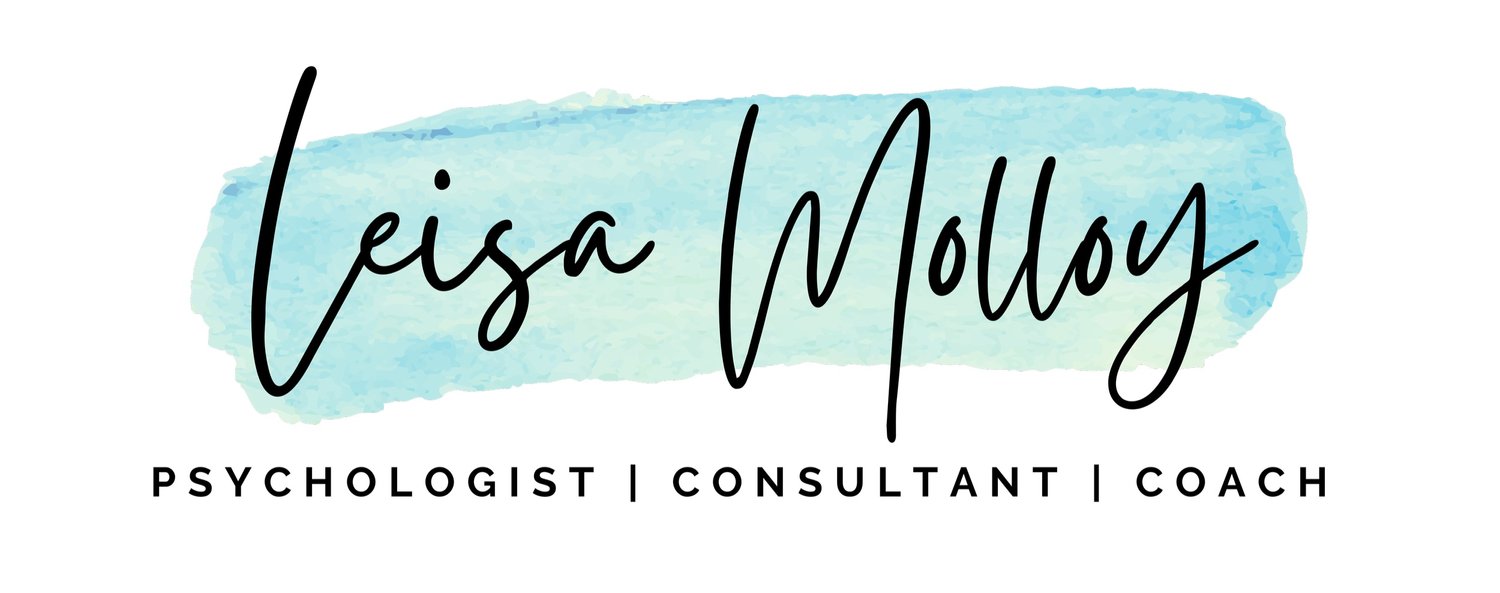On Storytelling, Habits, Showing Appreciation, & Psychological Barriers
Every month I send out a newsletter including resources, freebies and insights for leaders who want to be more skilled, self-aware and ‘human’ in their approach to handling relationships and navigating important workplace conversations. Most include topics relating to trust, psychological safety, emotional intelligence, communication, and connection.
This is the content from one of my September 2020 newsletter - enjoy! And be sure to sign up for the newsletter if you enjoy this kind of content :-)
Do you have any of these blind spots?
This first article isn't new - in fact, I came across it many years ago. At the time, I was deep in the midst of supporting several leadership development programs across a range of different organisations. I remember thinking it was a pretty good summary of the common themes we were seeing at the time. Fast forward a few years and I still think it's a pretty good list (although admittedly, I don't like the stated 'cure' at the end).
Given my current focus, I now encounter some of these issues more often than others - avoiding the tough conversations, always wanting to be 'right', and failing to recognise your impact on others. As you read the article, consider which might represent your potential biases or blind spots. How can you gather feedback and build greater self-awareness in these areas?
What to say when someone cries at work
I've had a LOT of conversations lately about burnout, overwhelm, fatigue, and showing emotion in the workplace.
Many of these conversations are with leaders who aren't quite sure how to respond. They want to offer support, but worry about saying or doing the wrong thing. Many are quite scared of someone breaking down or crying in front of them - which is exactly why I'm sharing this article. It contains some great, practical advice on how to respond in an appropriate, emotionally intelligent way - including what not to do.
Please feel free to share with others who might find it helpful. The more people equipped to offer support, the better. You can find the HBR article here.
The science of building (and breaking) habits
Okay, so this is a whole book rather than just an article, but it's a good one! I'm talking about James Clear's book Atomic Habits, which provides a step-by-step, research based guide on how to build and break habits. I recently decided it was time to read the book again, in part as I've noticed my own habits shifting significantly in response to the "new normal" (in both good and not-so-good ways!)
The content is also really relevant for leadership development, given that building new skills often requires behavioural change. If you don't want to read the whole book, here is a great video summary of the key takeaways.
The importance of showing appreciation
One of the things we know from research in social and positive psychology is that feeling valued and appreciated is really important. In the workplace there are flow-on effects for employee engagement, well-being, and trust.
This TEDx talk by Mike Robbins is about the power of showing appreciation to others - not for what they do, but for who they are. It's a great talk for anyone who is keen to adopt a strengths-based approach to leadership, or create an environment that is more conducive to creating psychological safety.
You can find the TEDx talk here on Mike Robbins' website or here on YouTube.
Storytelling in times of uncertainty
I really enjoyed this podcast interview about the value of storytelling during times of uncertainty. David Hutchens talks about 3 different types of stories leaders can tell when seeking to inspire, motivate or reassure their people.
A key takeaway is that storytelling isn't as hard as it sounds - with the help of some practical frameworks, anyone can do it. As an added bonus David offers some great prompts and a storytelling 'canvas' to listeners who subscribe to his mailing list. I decided to grab them - and they're great! Even if you don't listen to the podcast episode, you can sign up by visiting his website here. He has also created some Leadership Story Deck cards to help leaders generate their stories. Having seen the power of great storytelling, I've ordered a few sets to use in my own practice :-)
You can find the podcast episode from Dave Stachowiak's Coaching for Leaders here on Spotify or here on Apple Podcasts.
Trying something new? Watch out for these 5 barriers
This week’s resource is a simple infographic based on Dr. Andy Molinsky’s book "Reach", which outlines five core psychological barriers that often arise when pushing outside our comfort zone. The reason I love this model? It highlights the fact that as humans, we all come up against the same set of predictably consistent 'brick walls' when trying something different. Understanding these barriers can help us to build self-awareness and overcome these challenges.
One of my coaching clients found this one-pager useful while experimenting with some new ways of communicating with others. It served as a good reminder that feeling uncomfortable is okay, and that any new behaviour might feel awkward, inauthentic, or not particularly effective at first. You can find a downloadable version of the infographic on this page, along with some musings about pushing outside of my own comfort zone (something I try to do often!).
Thanks for reading! Feel free to share with anyone who might find these insights helpful, or want to sign up and join the community.






